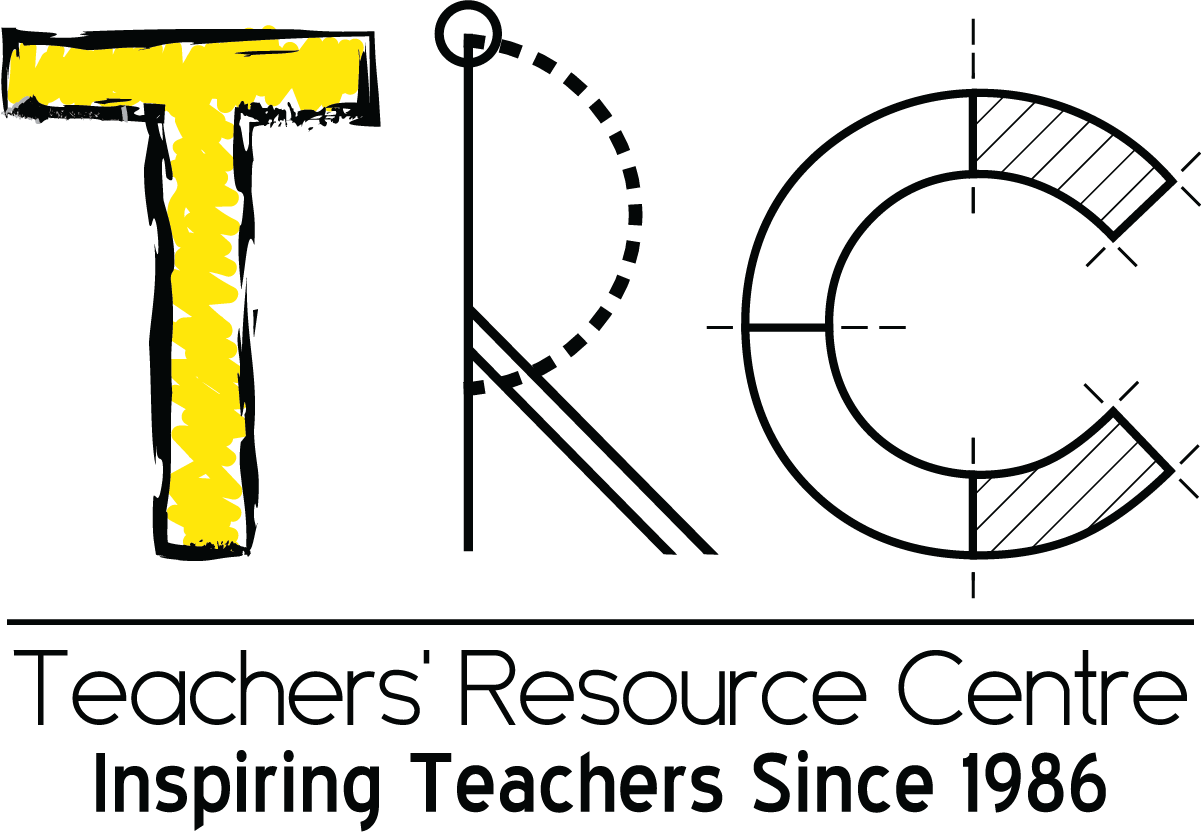No products in the cart.
Surviving Adolescence
Adolescence can be a trying time for students and for the teachers who deal with them. In this article Uzma Shabbir explores why adolescents do what they do and how to keep your cool and deal with teenage angst constructively.
Who am I? Where do I belong? These are questions all children are seeking an answer to during their adolescence. According to German-born American developmental psychologist and psychoanalyst Erik Ericson, this is the fifth stage in human development and is characterised by the Identity vs. Confusion crisis. At this stage in their lives, adolescents need to develop a sense of self and personal identity. If they feel that they are successful it leads to the ability to stay true to themselves, while if they feel that they have failed it leads to confusion about their role and a weakening of their sense of self. Thus most behaviour during adolescence is an attempt by the teen to discover him or her self and to test their boundaries. The challenge they face is to form a clear sense of identity where they can present themselves as unique individuals. Although the struggle to ‘find oneself,’ is a lifelong process it tends to be more intense during adolescence. The age from 13 to 22 is a time of turmoil and turbulence not only in the life of the developing child but also for the adults who have to deal with them.
To understand why teenagers behave in this manner, it is essential to understand how the human brain works. According to David Elkind, PhD, a professor of child development at Tufts University School of Medicine in Boston, the prefrontal cortex, which is the part of the brain right above the brow, is responsible for thinking and judgment. In adolescents this part does not fully develop until the mid-20’s. This means that during this developmental stage, while the prefrontal cortex is still immature, adolescents’ decision-making abilities are not very strong. Their reaction time to rectify errors in judgment is also much slower than in adults.
An area of the teenage brain that develops fairly early on is the nucleus accumbens. This part of the brain seeks pleasure, reward, addiction and aggression among other things. Put together faulty decision-making ability, with sensation-seeking impulses and the result is every adult’s nightmare of a teenager. If that is not enough, the hormonal changes, leading to rapid physical development, further exacerbate the volatility of teenage behaviour.
Here are some indicators of typical teenage behaviour:
• Preference of later bedtimes and rise times, leading to tiredness, irritability and low concentration span in school
• An increased tendency for thrill- seeking and risk taking
• Rebelling against authority to test boundaries
• A strong need for independence and privacy
• Aggressive and disruptive behaviour (also includes starting rumours,
excluding others, bullying, arguing)
• Volatile mood swings
• Susceptibility to peer pressure due to a need to ‘fit in’
• Overly concerned with self-image
Given all of the above, how can parents, teachers and the child cope with adolescent angst? Here are a few ways teachers and other adults responsible for adolescents can deal with this often-difficult transition period in a child’s life.
• Encourage children to engage in ‘safe’ activities like listening to music, playing physically taxing sports, talking to someone, talking to themselves or maintaining a personal diary to help manage emotions.
• Avoid reacting when a student is being disrespectful. Children know the buttons to push to get a rise out of adults. By reacting you lose control. In fact the student controls you. Learn to recognise and manage your own emotions and vulnerabilities. This way you’ll never be taken by surprise and will be prepared when students question your authority and will not react emotionally.
• Earn your students’ respect. Don’t consider yourself an absolute authority in the class. Try to see things from their perspective and help them to understand others’ point of view. Showing empathy for the child’s concerns will help develop a relationship based on trust and respect.
• Involve students in developing classroom rules. Do not impose your authority on them. Discussing and justifying each rule’s importance is a good way to ensure that discipline is maintained in the classroom. This will also make students feel responsible for their own actions.
• Ignore or laugh off minor infractions and address major issues. This will help to minimize inappropriate behaviour. Remove the student to another part of the room if he is being disruptive. Don’t hold past behaviour against the student. Begin a new day with positive expectations. Communicate these expectations to the child. You’ll get what you expect.
• Encourage positive behaviour by setting high yet achievable goals. Success will motivate them to repeat behaviour. Catching them when they are behaving well and praising them will generate further good behaviour. Praise only when deserved. Insincere or gushing praise will lose its value and effectiveness. Children are very good at discerning insincerity.
• Promote pro-social behaviour in adolescents. This means encouraging social responsibility based on moral values and empathy rather than personal gain. This can only happen if teachers incorporate values instruction in their everyday teaching practices.
• Build trust by letting the child be more independent. Monitor them without violating their privacy. If breaching privacy becomes necessary, make sure they do not find out.
• Communicate with your students. Let them know you are there for them. This way they will be more likely to come to you when troubled. Studies show that a close teacher-student relationship enhances academic and social skills among children.
• Help adolescents deal with negative peer pressure. The first thing to realise is that there can be positive peer pressure too like joining a sports team, studying, volunteering, and community service. Encourage children to participate in these activities. This will minimize the effects of negative peer pressure. Encourage them to socialise with people who share their beliefs and interests.
• Teach negotiating skills and other ways to resolve conflict without aggression. They need to learn to walk away from volatile situations rather than initiating a confrontation.
• Encourage adolescents to participate in extracurricular activities. These will not only keep them out of trouble but also provide opportunities to explore interests, develop new skills, interact with peers and adults with common interests, gain self-esteem, and develop leadership qualities and team spirit.
• Recognise and reward your students’ creative, technical and practical endeavours. These will help to increase their self-worth, as non-academic skills are valued more by some students.
• Help students develop a healthier self-image by pointing out unrealistic and unhealthy perceptions of beauty based on celebrities and promoted by various media.
• Encourage part-time employment and internships. This will help them gain relevant experience, develop a positive attitude towards work, foster independence, and develop a sense of responsibility.
• Take special care not to damage adolescents’ sense of self-esteem by sharing grades publicly, posting ‘best work’ on display boards, initiating competitions against other students or dividing students into ability groups for instruction. Instead, allow students to redo work to improve grades and use differentiated instruction to allow all students to be successful. Peer tutoring and cooperative learning are also tools that promote self-esteem by increasing students’ academic and social skills.
It is important to remember that all adolescents do not have such difficult teenage years. Cultural and societal norms play a large role in influencing children’s behaviour. Conservative societies where children remain under adult influence and supervision for a longer period have been known to demonstrate less negative traits of adolescence.
Dealing with difficult teenagers can be extremely frustrating and discouraging. You need a healthy dose of patience and a good sense of humour. Seek professional help, read up on the topic, plan strategies and implement them. Either or both of you will surely live to tell the tale.
Uzma Shabbir teaches English Literature to grades 9, 10 and 11 at the Haque Academy. She has been teaching for about 17 years.
Resources
Barry, Tammy D, Aggression in Adolescents: Strategies for Parents and Educators, University of Alabama (National Association of School Psychologists)
Manning, Maureen A., Self-Concept and Self-Esteem in Adolescents
Kathleen Palmer, How to Build Self Esteem in Adolescents, http://www.ehow.com_5640683_build-self-esteem-adolescents.html
Manning, Maureen A., Self-Concept and Self-Esteem in Adolescents
The Adolescent Brain and Decision Making Skills, http://suite101.com/article/the-adolescent-brain-and-decision-making-skills-a163750
Mary Ellen Beaty-O’Ferrall, Alan Green, & Fred Hanna, Classroom Management Strategies for Difficult Students: Promoting Change through Relationships, http://www.amle.org/Publications/MiddleSchoolJournal/Articles/March2010/Article4/tabid/2149/Default.aspx
Erin Schreiner, Classroom Management Strategies for Adolescents, http://www.ehow.com/list_6374939_classroom-management-strategies-adolescents.html
Molly Edmonds, Are teenage brains really different from adult brains? , http://health.howstuffworks.com/human-body/systems/nervous-system/teenage-brain1.htm
Yael Kidron and Steve Fleischman, Promoting Adolescents’ Prosocial Behavior, http://www.ascd.org/publications/educational-leadership/apr06/vol63/num07/Promoting-Adolescents%27-Prosocial-Behavior.aspx
Lynn Banis, Encouraging Positive Behavior in Kids, http://ezinearticles.com/?Encouraging-Positive-Behavior-in-Kids&id=4943776
June 2012

